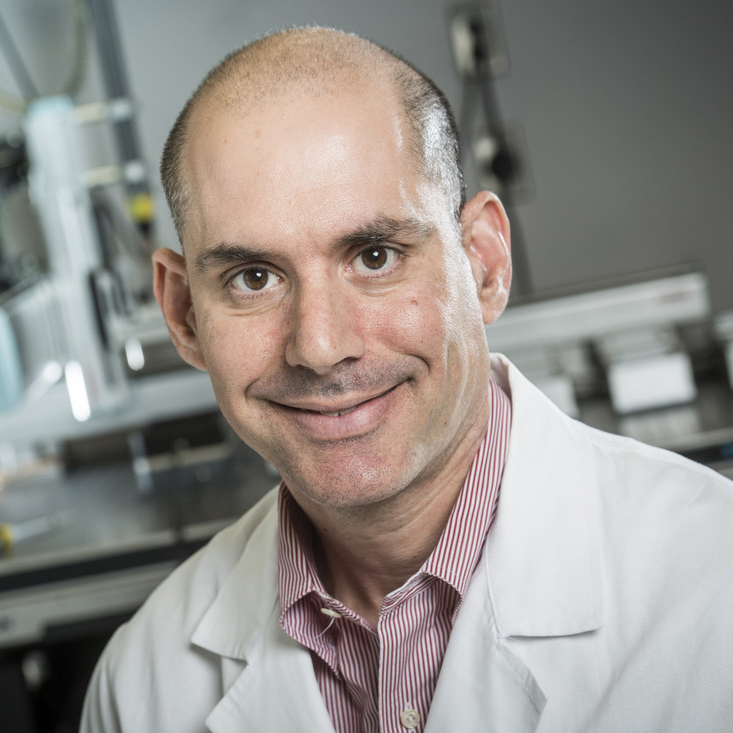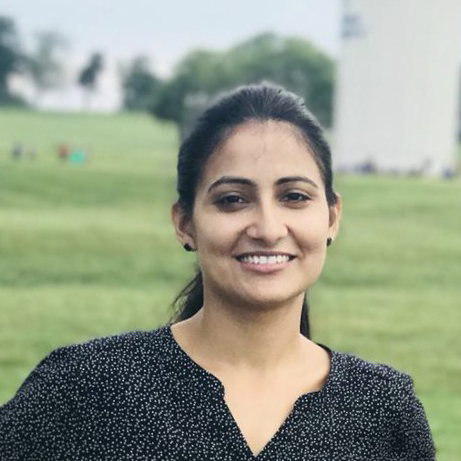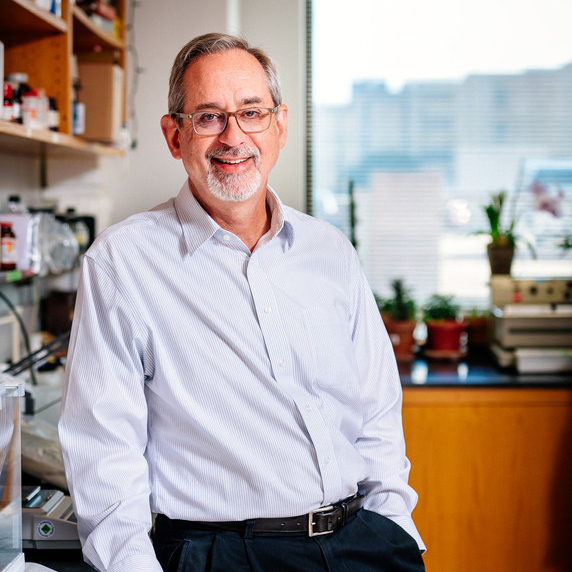 Steven Rowe, M.D., MSPHDavid Bedwell, Ph.D., professor and chair of the Department of Biochemistry and Molecular Genetics, and Steven Rowe, M.D., MSPH, professor in the Division of Pulmonary, Allergy, and Critical Care Medicine, are the latest winners of the School of Medicine’s Featured Discovery. This initiative celebrates important research from School of Medicine faculty members.
Steven Rowe, M.D., MSPHDavid Bedwell, Ph.D., professor and chair of the Department of Biochemistry and Molecular Genetics, and Steven Rowe, M.D., MSPH, professor in the Division of Pulmonary, Allergy, and Critical Care Medicine, are the latest winners of the School of Medicine’s Featured Discovery. This initiative celebrates important research from School of Medicine faculty members.
Along with their investigative team, Bedwell and Rowe were recently published in Nature Communications for their paper “A small molecule that induces translational readthrough of CFTR nonsense mutations by eRF1 depletion.”
On the study, Bedwell explains, “Nonsense mutations result in the complete loss of synthesis of a specific protein encoded by the gene in which the mutation lies.”
“The goal of this project was to identify new small molecules with the ability to suppress nonsense mutations in the CFTR gene. The mutations identified were found to act through a distinct new mechanism not caused by other currently known nonsense suppression compounds,” he says.  Ming Du, M.D., Ph.D.They represent important new tools that may allow scientists and researchers to treat nonsense mutations that cause Cystic Fibrosis, as well as many other genetic diseases.
Ming Du, M.D., Ph.D.They represent important new tools that may allow scientists and researchers to treat nonsense mutations that cause Cystic Fibrosis, as well as many other genetic diseases.
First co-authors on the study included Jyoti Sharma, Ph.D., scientist in the Division of Infectious Diseases, and Ming Du, M.D., Ph.D., assistant professor in the Department of Biochemistry and Molecular Genetics. Sharma participated in the study as a Ph.D. student in Rowe’s lab in the Division of Pulmonary and Critical Care Medicine. Her role in the study was to characterize the efficacy of small molecules to restore CFTR gene activity. She now works as a research scientist in the Division of Infectious Diseases. Du’s work focused on the design, construction, and use of luciferase-based reporters used to screen for small molecules that suppressed CFTR nonsense mutations.
Read more about the study in an article by UAB News.
The School of Medicine communications staff sat down with Drs. Rowe and Bedwell to gain insights about the research of this study, UAB, and the science community.
Q: What compelled you to pursue this research?
Bedwell: My lab has worked on the mechanism of translation termination for over two decades. Based on that work, we thought we now had the knowledge to identify compounds that suppressed the termination process. These molecules have the potential to treat not only CF, but also many other genetic diseases caused by nonsense mutations.
 Jyoti Sharma, Ph.D.Rowe: We have been on a dedicated search for molecules that will address a certain form of difficult to treat CFTR mutations, called nonsense mutations, and this genetic treatment could be relevant to many other genetic diseases. As we have achieved success with other CFTR mutations, the science advanced here has taken on a new urgency. The new technologies in drug screening, formed in collaboration between the Bedwell and Southern Research groups and supported by the Cystic Fibrosis Foundation and their independent laboratory, provided a new opportunity to attack this problem in a novel manner.
Jyoti Sharma, Ph.D.Rowe: We have been on a dedicated search for molecules that will address a certain form of difficult to treat CFTR mutations, called nonsense mutations, and this genetic treatment could be relevant to many other genetic diseases. As we have achieved success with other CFTR mutations, the science advanced here has taken on a new urgency. The new technologies in drug screening, formed in collaboration between the Bedwell and Southern Research groups and supported by the Cystic Fibrosis Foundation and their independent laboratory, provided a new opportunity to attack this problem in a novel manner.
Q: What was your most unexpected finding?
Bedwell: We were most surprised to find that the most effective molecules we identified acted by facilitating the degradation of the translation termination factor, eRF1, through a proteasome-dependent mechanism. This mechanism of eRF1 degradation has not been previously described for any previous compound involved in nonsense suppression. Interestingly, another class of compounds mediates a similar degradation of eRF3, indicating that the loss of either of these termination factors provides a robust level of nonsense suppression.
Q: How do you feel your research will impact the science community?
Rowe: We are now observing some of the highest levels of translational readthrough, and consequently the greatest degree of CFTR function, for nonsense mutations. While the fact that this occurs with combination treatment strategies that involve two distinct molecules adds a challenge to the drug development paradigm, it is one that we are quite familiar with addressing in the treatment of cystic fibrosis mutations. Thus, we hope this finding opens the door to bring this sort of treatment, delivered in combination, to address this form of cystic fibrosis.
 David Bedwell, Ph.D.Bedwell: We hope that the compounds we have identified, either alone or in combination with other compounds that facilitate nonsense suppression by distinct mechanisms, will provide a new therapeutic approach for individuals with nonsense mutations in CFTR and other genes.
David Bedwell, Ph.D.Bedwell: We hope that the compounds we have identified, either alone or in combination with other compounds that facilitate nonsense suppression by distinct mechanisms, will provide a new therapeutic approach for individuals with nonsense mutations in CFTR and other genes.
Q: How has being at UAB and living in Birmingham affected your research?
Rowe: A unique aspect of the project has been the fact that we were able to build on the existing collaboration between UAB and Southern Research, formed through the Alabama Drug Discovery Alliance, and apply that to the unique issues in Cystic Fibrosis. The collaboration between the three institutions, now including the active participation of the CFF laboratory, provides a dynamic and exciting environment that hopefully increases our likelihood of success.
Bedwell: Being at UAB has provided a fertile environment for these studies. Without the unique contributions of the Rowe lab (who provided CFTR functional and biochemical assays) and Southern Research (who provided High Throughput Screening and Chemistry), these studies would not have been possible. This unique combination of research strengths from our three groups was critical for the success of this study.
Q: What do you find makes the science community here unique?
Bedwell: UAB provides a highly collaborative environment that allows investigators to combine their unique strengths to solve complex biological problems that will ultimately lead to new therapeutic advances.